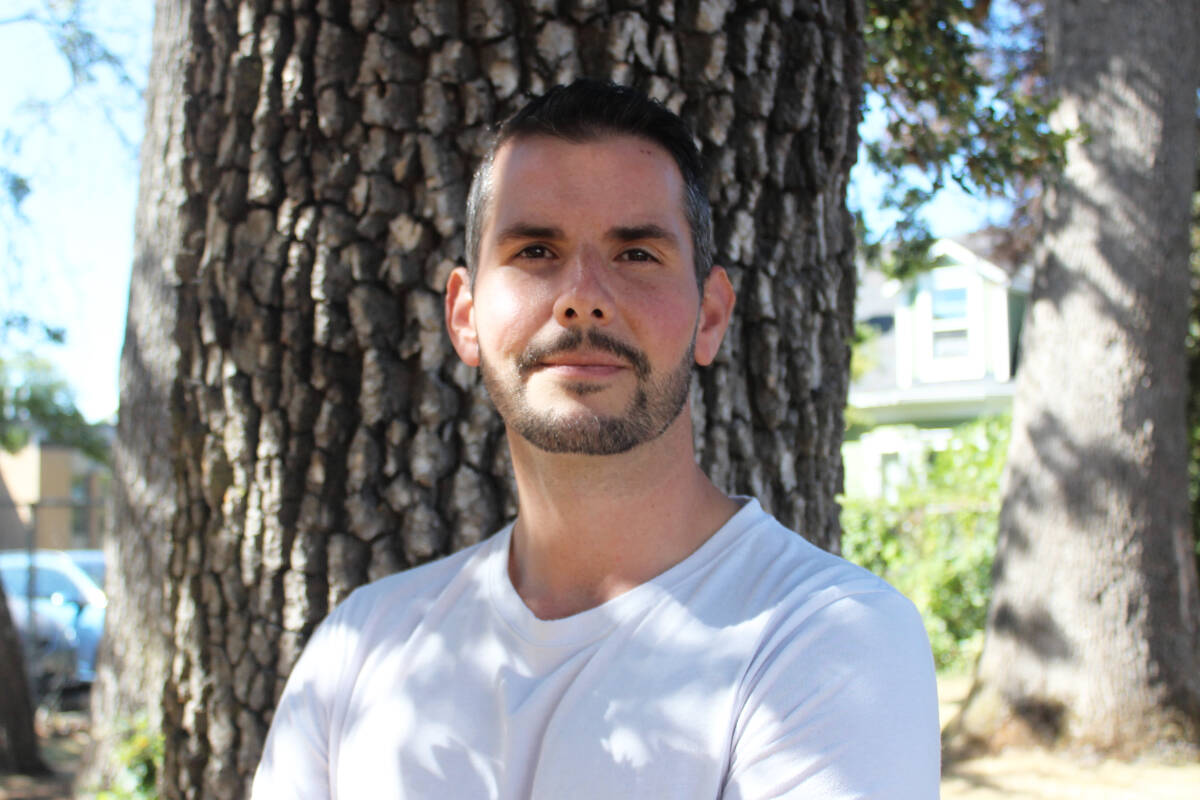Animal advocates are pushing back against the planned extermination of an invasive deer population on an island off of Greater Victoria.
Led by Parks Canada, the fallow deer cull is part of a larger plan to help Sidney Island grow back native plants that create a sound habitat for songbirds and other wildlife. The majority of the cull will take place this winter and will involve contractor White Buffalo Inc. sending sharpshooters up in helicopters and on the ground to shoot as many of the deer as possible.
Jordan Reichert, campaign director of Animal Alliance of Canada, says the plan is flawed and better alternatives exist.
“Instead of choosing a less ecologically divisive and more humane option, perhaps contraception or birth control, which we have suggested, shows that the priority for Parks Canada and Coastal Conversation has not been necessarily restoring the ecology of Sidney Island, but just trying to get the eradication aspect over all other concerns.”
Kate Humble, superintendent for the Gulf Islands National Parks Reserve, disagrees.
“A number of options were considered, including capturing and relocating the animals to other areas,” Humble said. “Which would simply relocate the problem and transfer those negative ecological impacts elsewhere. We also have considered serialization and contraceptives, but these techniques do not allow for the removal of the population, which is the objective. The population of the deer would simply rebound.”
Humble noted that contraceptives wouldn’t achieve Parks Canada’s goal in a timely way.
“It isn’t particularly feasible to capture every individual male or every female in a population to apply contraception and it isn’t feasible to do that repeatedly over the course of a decade. The objective is to remove the population, but contraception isn’t going to do that.”
The fallow deer population is not originally native to Sidney Island and was bought over by European colonizers. The deer have a history of eating a wide array of vegetation, especially medicinal plants used by local First Nations.
“Just about everything that can be eaten, is eaten by the fallow deer,” said WSANEC assistant executive director Erik Pelkey. “We recognized that this is unusual to take place within the WSANEC territory because this has never happened to us before. We’ve never run into such a bad case such as the fallow deer that are causing such damage on the island.”
Parks Canada estimates the fallow deer population to be between 300 and 900. Along with wiping out the fallow deer’s population on the island, it’s expected the native black-tailed deer will also be eradicated during the process, but Parks Canada believes the population will return.
Reichert believes that the method chosen will leave a huge negative impact not only on both deer species, but on other parts of the island.
“It now includes all deer on the island, including the native black-tailed deer,” Reichert said. “Which is a huge ecological concern because their gazing patterns help preserve the ecology of the island.”
Humble said the situation requires this kind of action.
“Population control like this is something that is never the first line of consideration. This is reserved for situations where no other method can be applied. It’s rare, it’s very rare to do,” said Humble. “I think it’s really important for people to remember the focus of this work is the restoration of a healthy ecosystem, which does not currently exist on Sidney Island.”
READ ALSO: Sidney Island residents to vote on plan to eradicate invasive deer
READ ALSO: Parks Canada plan to eradicate invasive deer from B.C. island approved

